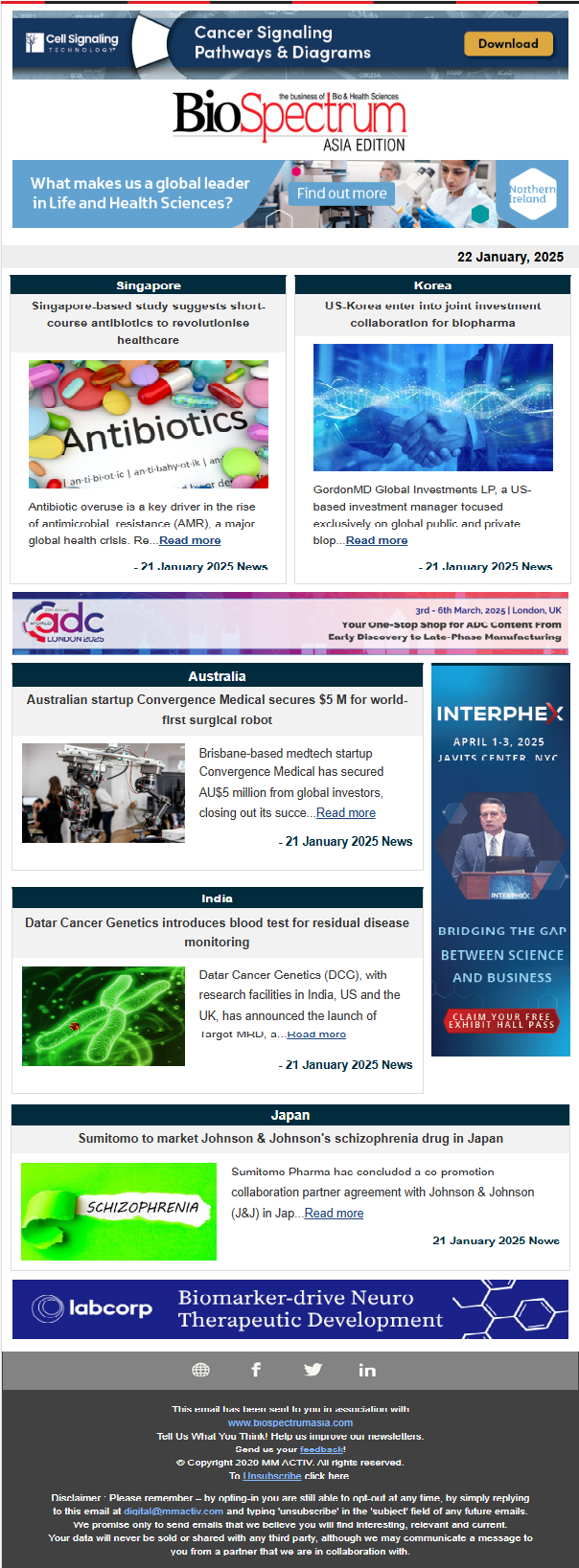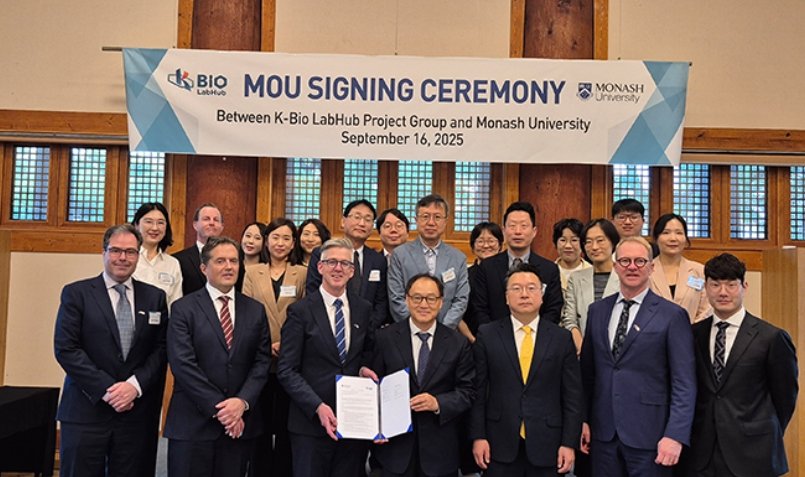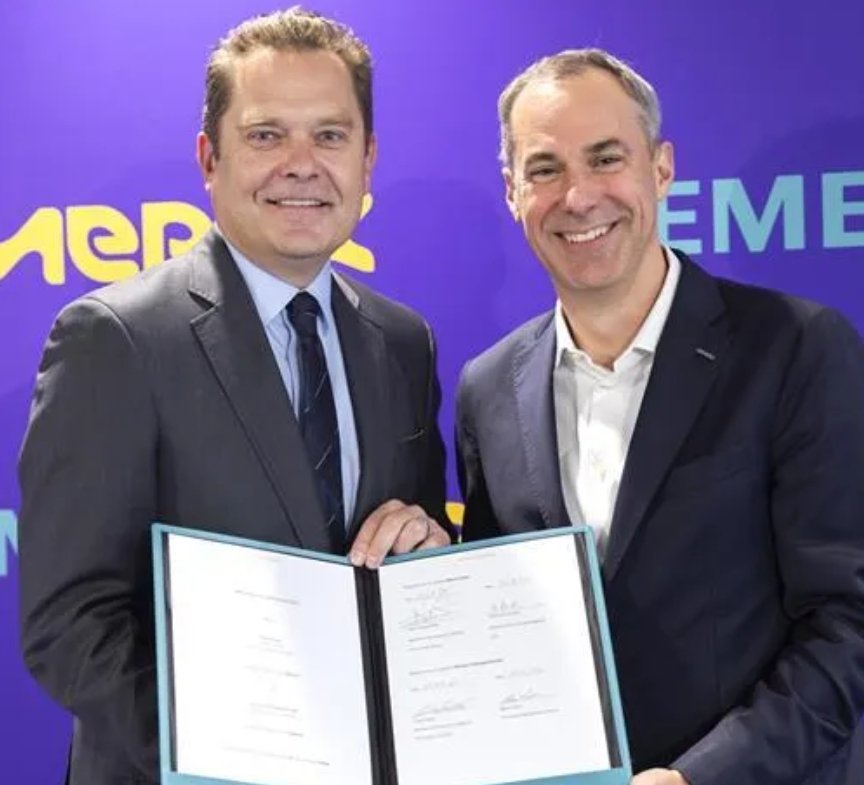
What is the current mortality status and economic burden for JE in Asia Pacific (APAC)?
Encephalitis is associated with high mortality on a global scale. Japanese encephalitis (JE) mortality can be as high as 30 per cent. Due to its high morbidity and mortality, encephalitis is associated with significant costs to individuals and society. Economic information is limited in low-to-middle income countries (LMICs), but encephalitis is likely to incur a substantial financial drain on families, as seen in studies on JE in Bangladesh, China and Nepal. In these countries, out-of-pocket costs for long-term care and rehabilitation can be devastating to individuals and their families.
What are your recommendations in controlling JE?
To control JE, surveillance, prevention and vector control are important public health measures, especially as there isn’t a virus-specific treatment. Surveillance is necessary to be able to understand the disease (epidemiology, burden), but also to guide the preventive measures and monitor their effectiveness. People can take precautions such as wearing mosquito repellent, wearing long sleeves and trousers to avoid being bitten and ensuring their homes and communities are free from stagnant water when mosquitoes gather and lay their eggs. Safe and effective vaccines are available to prevent JE. The WHO recommends that JE vaccination be integrated into national immunisation schedules in all areas where JE disease is recognised as a public health issue. In addition, all travellers to areas where JE is endemic should seek travel health advice including the need for vaccination.
What diagnostic tests and treatment options do you recommend and what is the current status in Asia pacific as far as treatment is considered?
Numerous diagnostic tests are available for the aetiological diagnosis of encephalitis such as cerebrospinal fluid polymerase chain reaction (CSF PCR) as the gold standard, magnetic resonance imaging (MRI) and antibody testing. Treatment varies depending on the cause- antivirals (e.g. aciclovir intravenous) or antibacterial for infectious causes, although for most viral causes there is no treatment aimed at the cause; immunotherapies for autoimmune causes; supportive or symptomatic treatment. In Asia, data suggests aciclovir availability is variable. Some studies from India, Pakistan, Japan, and Sri Lanka report treatment of encephalitis with aciclovir. However, these studies are often conducted in larger tertiary referral centres, so aciclovir is perhaps less available in smaller rural hospitals and within-country variation likely exists.
In the APAC region, diagnostic capabilities vary depending on level of urbanisation. Advanced diagnostic tools such as MRI (magnetic resonance imaging) and PCR (polymerase chain reaction) are often only available in major hospitals. Data are scarce but autoantibody testing is likely limited in these parts of the world.
What role does the pharma industry currently play in controlling JE?
The major contribution by the pharmaceutical industry in controlling JE is the development and availability of affordable vaccines. Other roles played by this industry include manufacturing of therapeutics (such as anticonvulsants and analgesics) that make the supportive treatment. The work of pharma can also be enhanced by working in collaboration with local agencies and patients and promoting public awareness and education.
Narayan Kulkarni
narayan.kulkarni@mmactiv.com




